So , first thing is that the SDE should be perceived over time, so you also need to consider the discretization rather than just giving the number of steps through n .
Essentially, what you are asking is just a simple random walk with a Bernoulli random variable taking on the values 0.5 and 1.6 instead of a Gaussian (standard normal) random variable.
So I have created an answer here, using NumPy to create the Bernoulli random variable for efficiency (numpy is faster than scipy) and then running the simulation with a stepsize of 0.01 then plotting the solution using matplotlib.
One thing to note that this SDE is one dimensional so we can just store the state and time in separate vectors and plot them at the end.
# Function generating bernoulli trial (your r(t))
def get_bernoulli(p=0.5):
'''
Function using numpy (faster than scipy.stats)
to generate bernoulli random variable with values 0.5 or 1.6
'''
B = np.random.binomial(1, p, 1)
if B == 0:
return 0.6
else:
return 1.5
This is then used in the simulation as
import numpy as np
import matplotlib.pyplot as plt
dt = 0.01 #step size
x0 = 1# initialize
tfinal = 1
sqrtdt = np.sqrt(dt)
n = int(tfinal/dt)
# State and time vectors
xtraj = np.zeros(n+1, float)
trange = np.linspace(start=0,stop=tfinal ,num=n+1)
# initialized
xtraj[0] = x0
for i in range(n):
xtraj[i+1] = xtraj[i] * get_bernoulli(p=0.5)
plt.plot(trange,xtraj,label=r'$x(t)$')
plt.xlabel("time")
plt.ylabel(r"$X$")
plt.legend()
plt.show()

Where we assumed the Bernoulli trial is fair, but can be customized to add some more variation.
